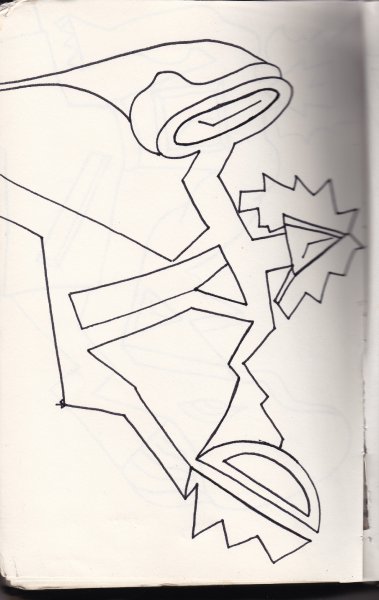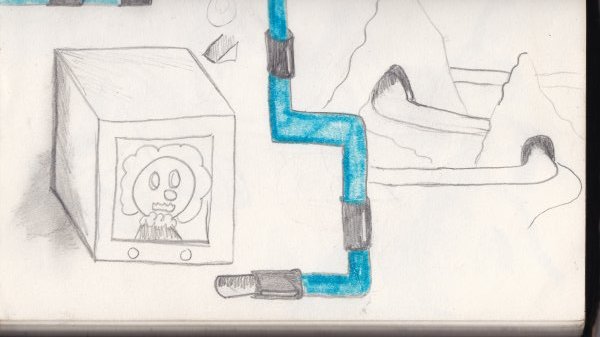Many cases of liver cancer are often discovered late. To address this issue, researchers have been using mathematical modeling, both in the study of biological systems and in its use in forecasting the occurrence of diseases, including cancer. A new study may have just found the math equations that can help predict liver cancer risk.
Researchers from UC San Diego combined RNA sequencing with bioinformatics to inform a new mathematical model that can be used to calculate the possible occurrence of liver cancer. Called the tumorigenic index score, this number identifies a sudden occurrence or shift of liver cell status, from health to malignant. Basically, this first-of-its-kind tool allows clinicians to predict when healthy liver cells could become cancerous.
Liver cancer is a malignant tumor that starts within one or more of the various cells that make up the liver. Over 700,000 new cases of liver cancer are diagnosed across the world each year.
Like other cancers, liver cancer results from a DNA mutation, the specific cause of which is usually unknown. Chronic infections with hepatitis B or C, cirrhosis, and non-alcoholic fatty liver disease also add to a person’s risk of developing liver cancer. To date, advanced forms of liver cancer are not treated via chemotherapy, making early detection and treatment critical.
“Because we do not have an effective drug to treat liver cancer in its late stages, early detection of liver cancer, when a tumor is less than 10 millimeters, allows oncologists to better treat, surgically remove and kill cancer cells,” said senior author Gen-Sheng Feng, PhD, professor of in the Department of Pathology and Section of Molecular Biology, Division of Biological Sciences at UC San Diego.
The researchers explained that this tool analyzes changes in DNA-binding proteins called transcription factor clusters. Then, they analyzed RNA sequencing data from liver cells in mice that were pre-cancerous and cancerous. Their analysis found 61 transcription factor clusters that were either up- or down-regulated in mice with cancer; even identifying transcription factors that have not been previously reported in liver cancer.
“This mathematical approach can be developed into a risk assessment and early diagnostic tool of liver cancer development for a larger population of people living with chronic liver disease, particularly those with cirrhosis,” said Feng in a press release. “With further development and optimization, this tool might be modified to predict the development of other cancers.” Therefore, a new equation for you to remember: math equals hope!
Learn more about this study here
For more about liver cancer diagnosis and treatment, visit our blog






























